Italy 🇮🇹
- Anjali
- Dec 8, 2022
- 4 min read
Updated: Aug 17, 2023
Italy is an Enigma. From the year 568 AD all the way until the late 19th century, Italy was divided. Measured on this time scale, the movement to unify Italy — dating from about 1815 to 1870 — happened at light speed. Travelling across the nation, you can see the slight regional differences: diversity in food, wine, and dialect. Looking back, I can say there is really no place like it.
Italy is a country famous not only for its glorious landscapes, rich history, and vibrant culture but also for its divine food. Throughout my time in Italy, I ATE to my heart's content! I lived in Pavia during my PhD at Università degli Studi di Pavia.
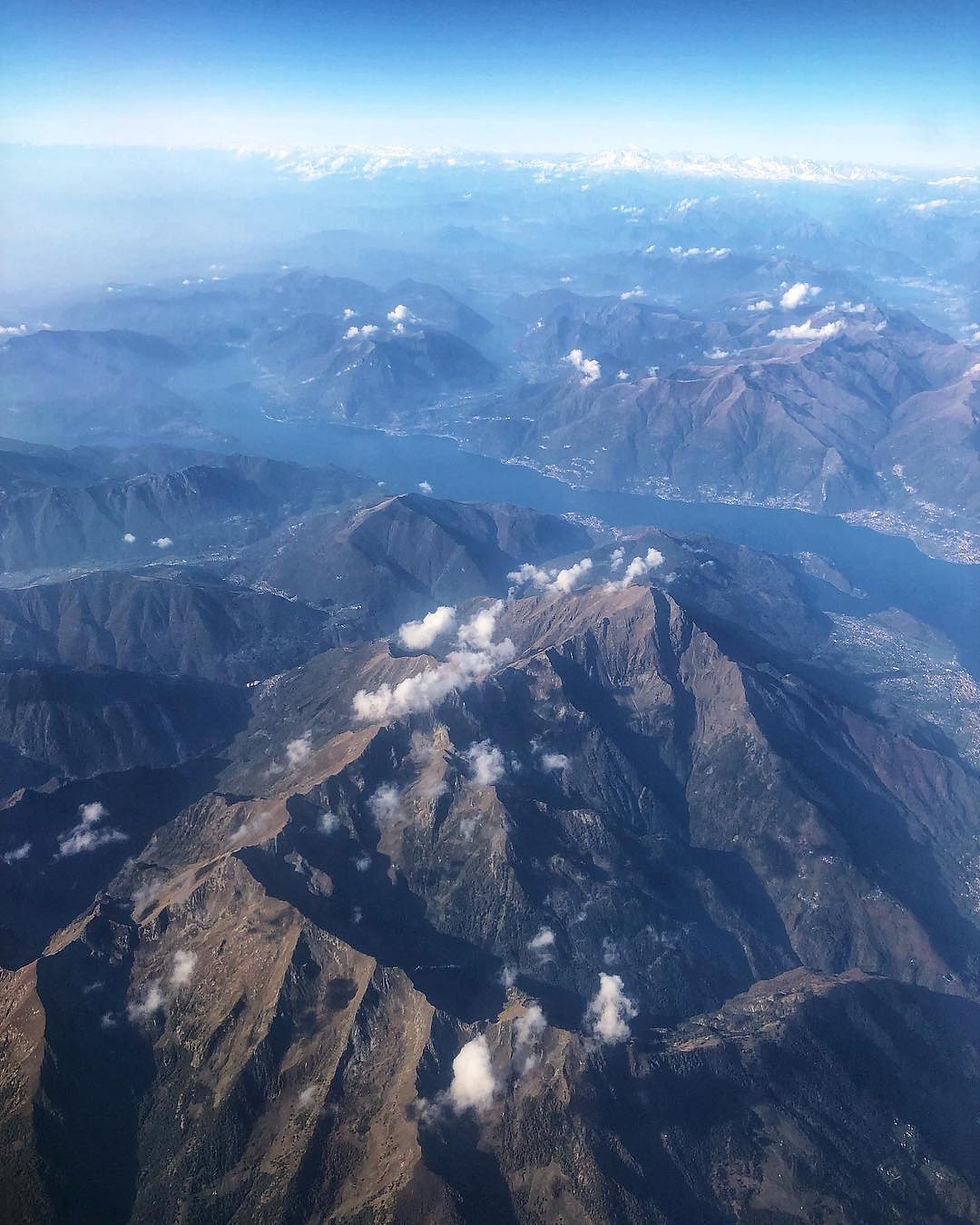
Padova
North Italy’s gem, Padova is a city of visual contrasts. I planned a weekend getaway with one of my housemates who is originally from Thiene. I was eager to visit Padua because Elena Lucrezia Cornaro Piscopia was the first woman to get a Ph.D. degree in philosophy from the University of Padua in 1678.




Florence
Florence is one of Italy's most popular cities to visit. There are a lot of things to see in the city but what stands out is The Cathedral of Santa Maria del Fiore (completed in 1434, it's the most important landmark in Florence, as well as being the fourth largest church in the world.)



Rome
I am not ashamed to admit that I have visited Rome 6 times. Yes, and I still want to go back. Rome is an open-air museum. Rome is like a lasagna with many layers of history. 2500 years old!
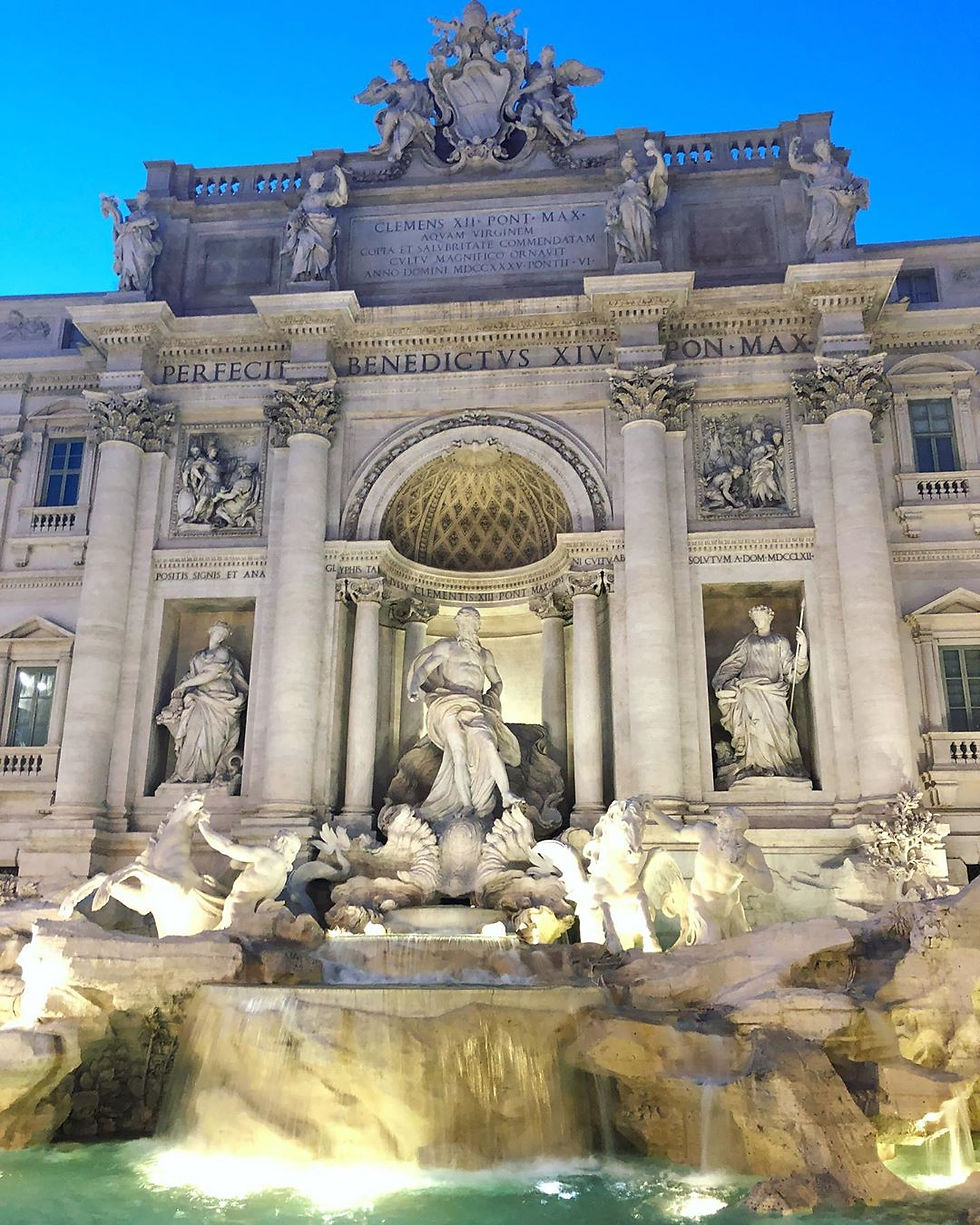



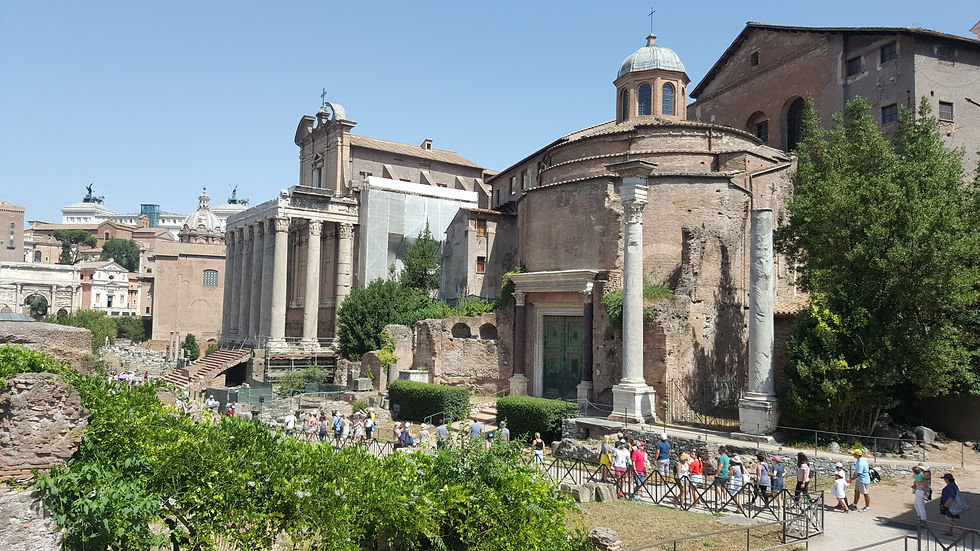

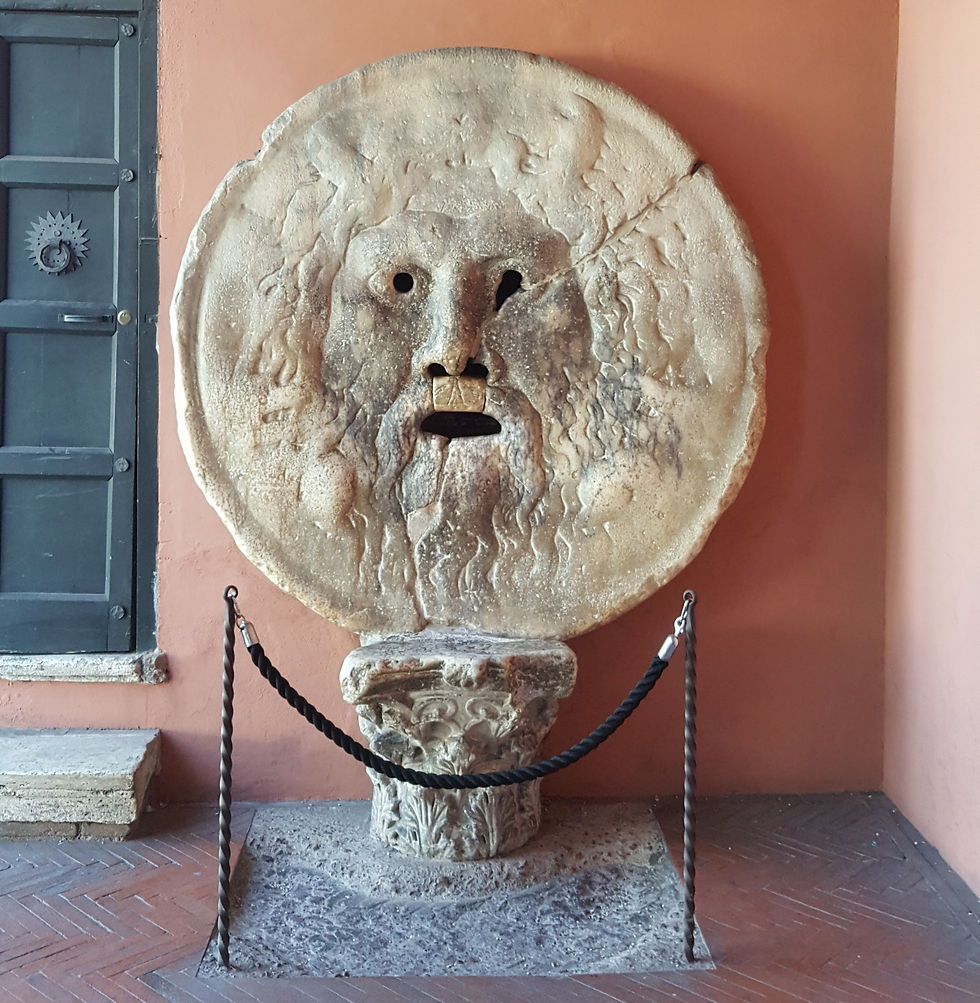






Some fun facts:
The obelisk in Piazza del Popolo (peoples square) is originally from Egypt stolen many years ago and has been here since 800 BC. The other obelisks around the city are fairly newer. The statues of Neptuno and Minerva on either side were built in the 17th century.
Tomatoes were brought into Italy from South America 500 years ago along with potatoes and sugarcane etc.


Dishes that are not Italian: spaghetti and meatballs, Caesar salad (invented in Mexico), chicken parmigiana (it’s with melanzane aka aubergine), chicken doesn’t touch pasta or pizza, cheese doesn’t touch seafood. Alfredo sauce was invented in NYC.
Pizza: Margherita (Queen)
Drink: Margarita (girlfriend of a Bartender in Mexico)
Italian Meals: antipasto, primo, secondi, salato, dolce, caffe, digestivo

Travel Tip: Don’t go for gelato which looks like a mountain, they must have added something to make it so huge. Gelato cannot be so high rise, it should be a small mount, or flat or covered. Go to places with odd flavours like tomatoes etc., because it means they make their gelatos in-house.

Pompeii
In 79 AD, 2000 people died. Legends: Vesuvius wine named la chrima di christi means 'tears of christ'.



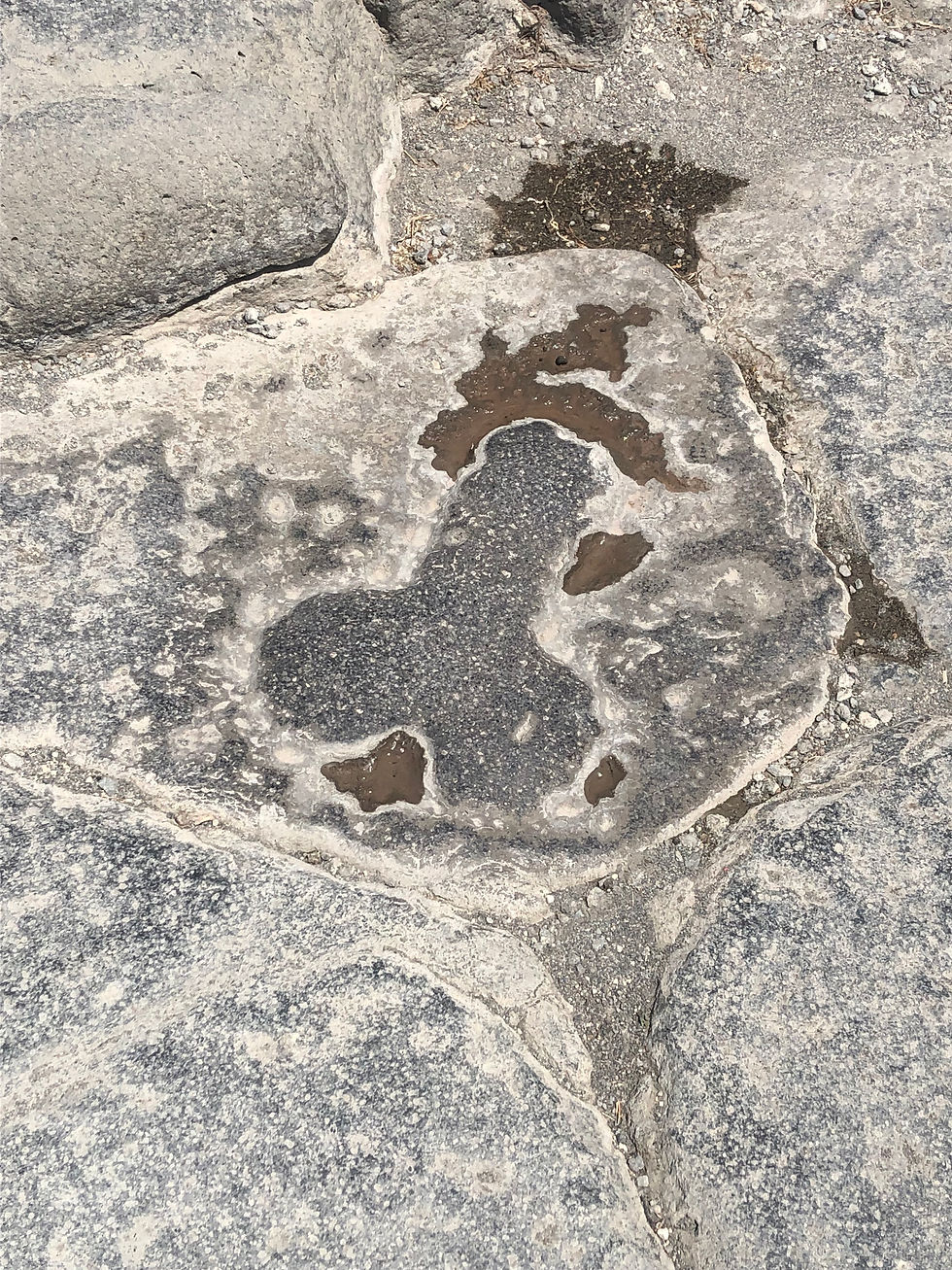



70% of Italy is volcano free. Vesuvius is the youngest volcano only 40,000 years old. it is caused due to magma formed by the African tectonic plate sliding under the Eurasian plate. 3 days before lava comes out, magma movement can be noted. it takes 3 days. the gas composition etc. changes at the crater. The Vesuvius was double the size and height it lost most of itself in 79 AD and then in 1944, a picture taken by the US Army during World War II.

Vigevano
Vigevano is very near Milan, less than an hour by train. It has the most beautiful square in Italy, one of the first models of a Renaissance square. Here Leonardo Da Vinci lived and worked. The International Shoe Museum in Vigevano boasts a collection of about 4500 footwear.
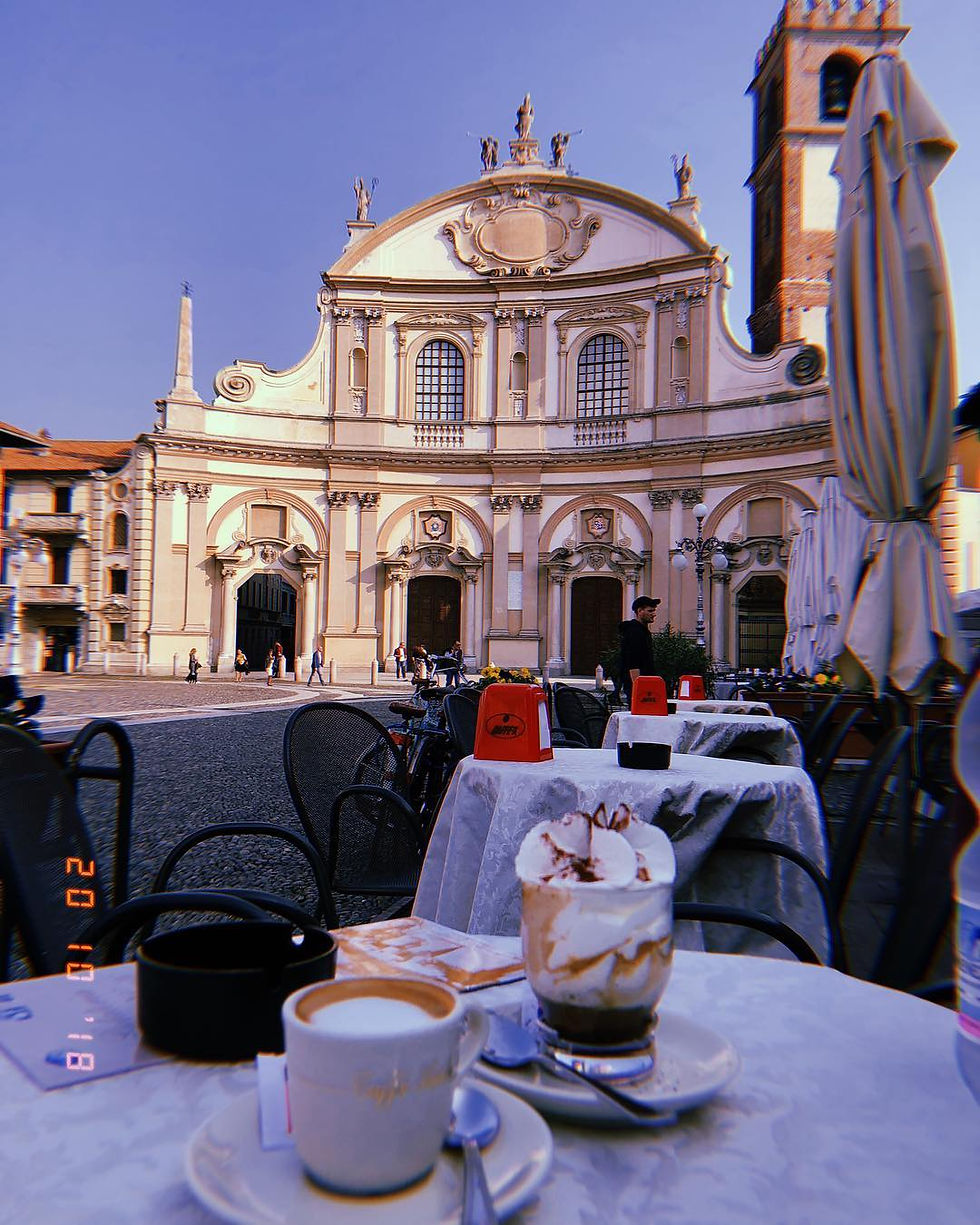
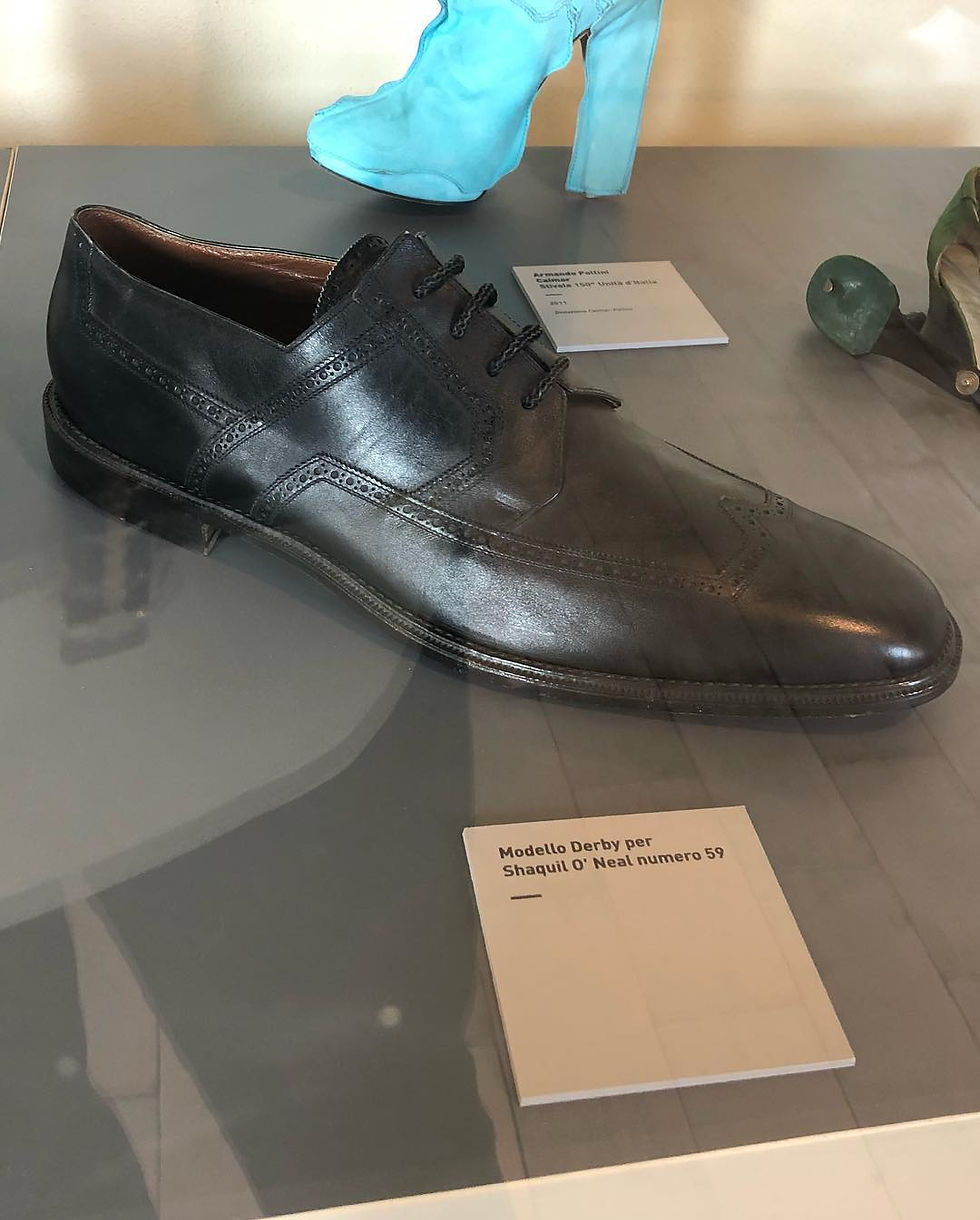
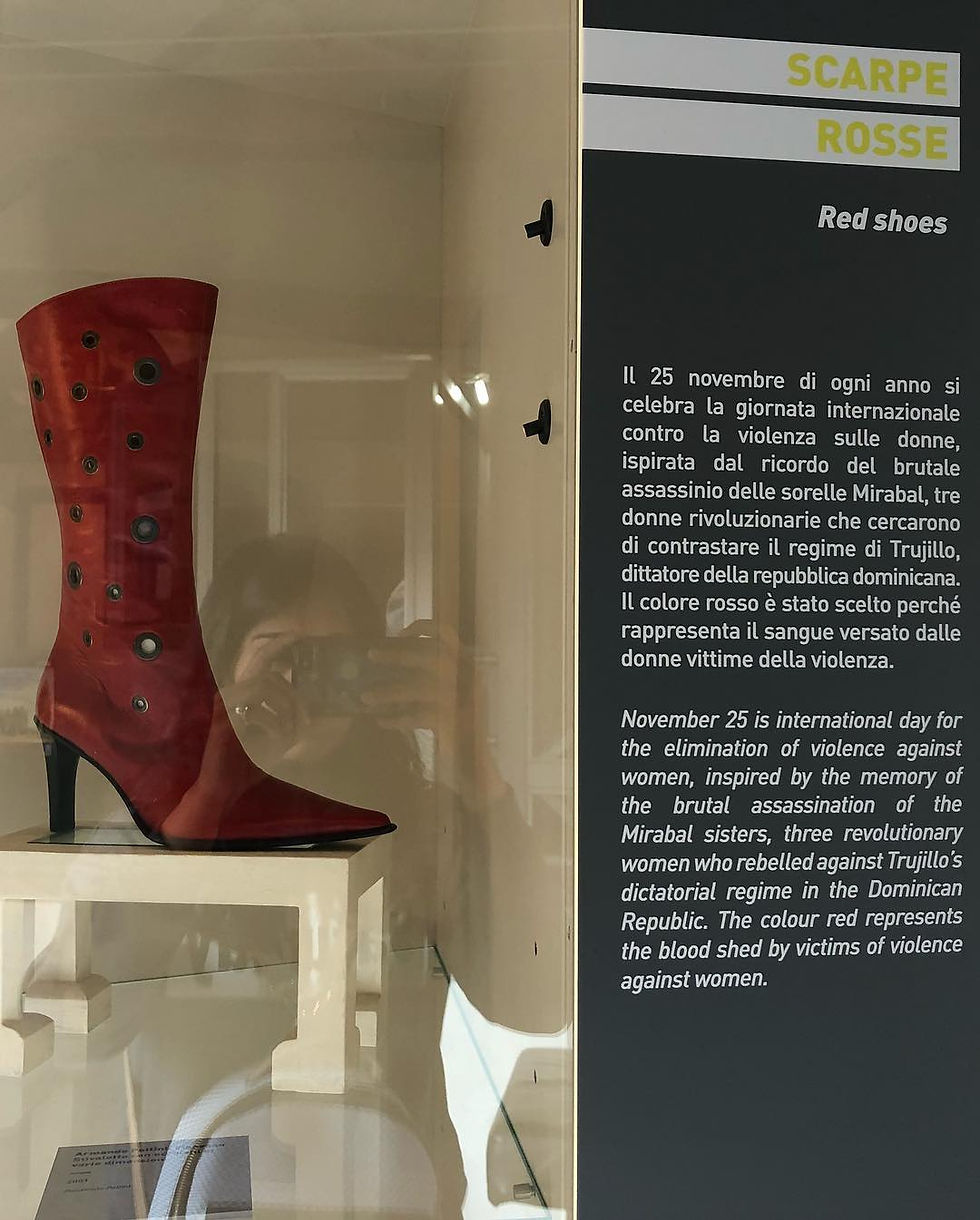
Venice
A beautiful part (city park) in Venice was built by Napoleon during French rule.




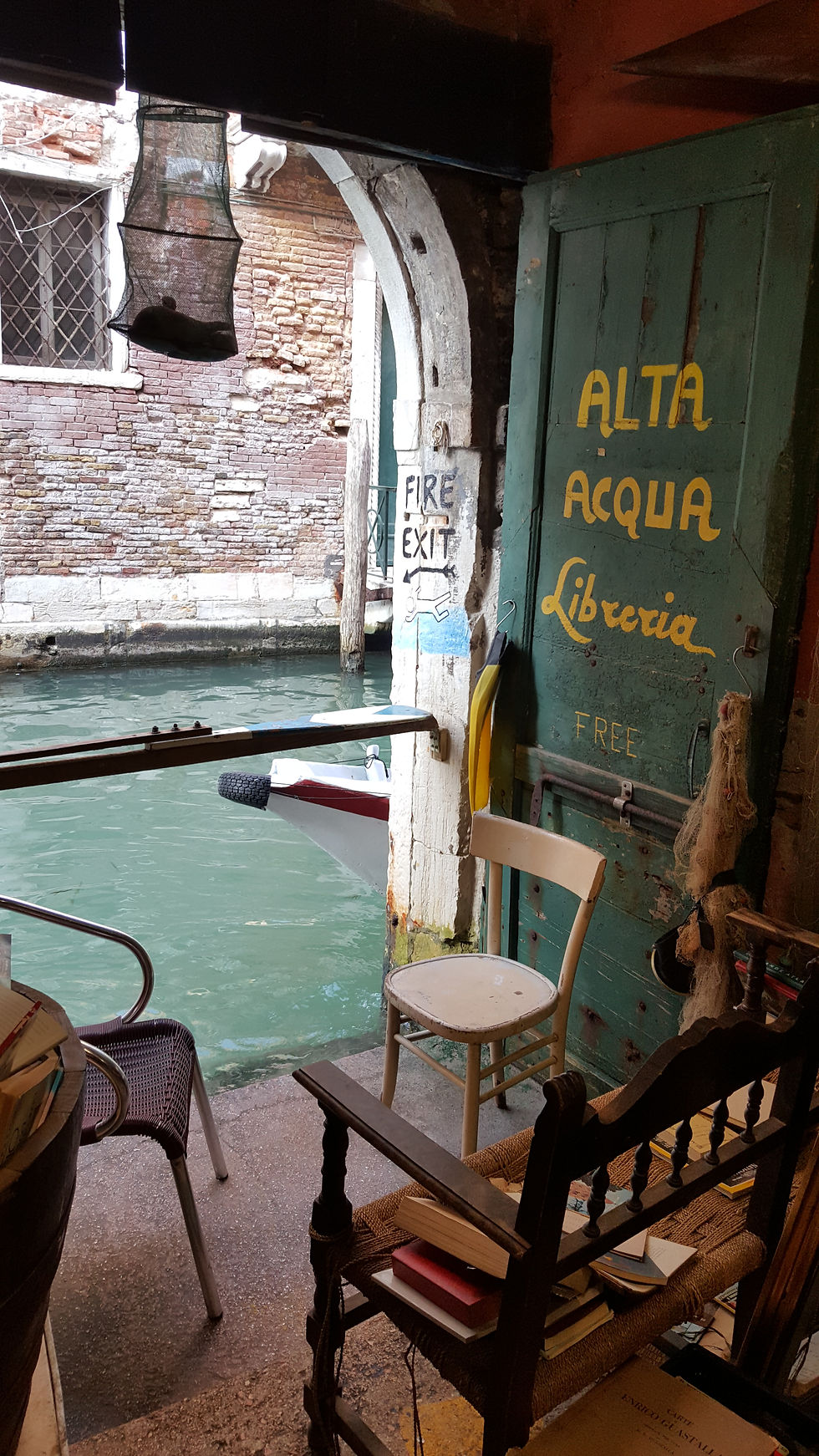

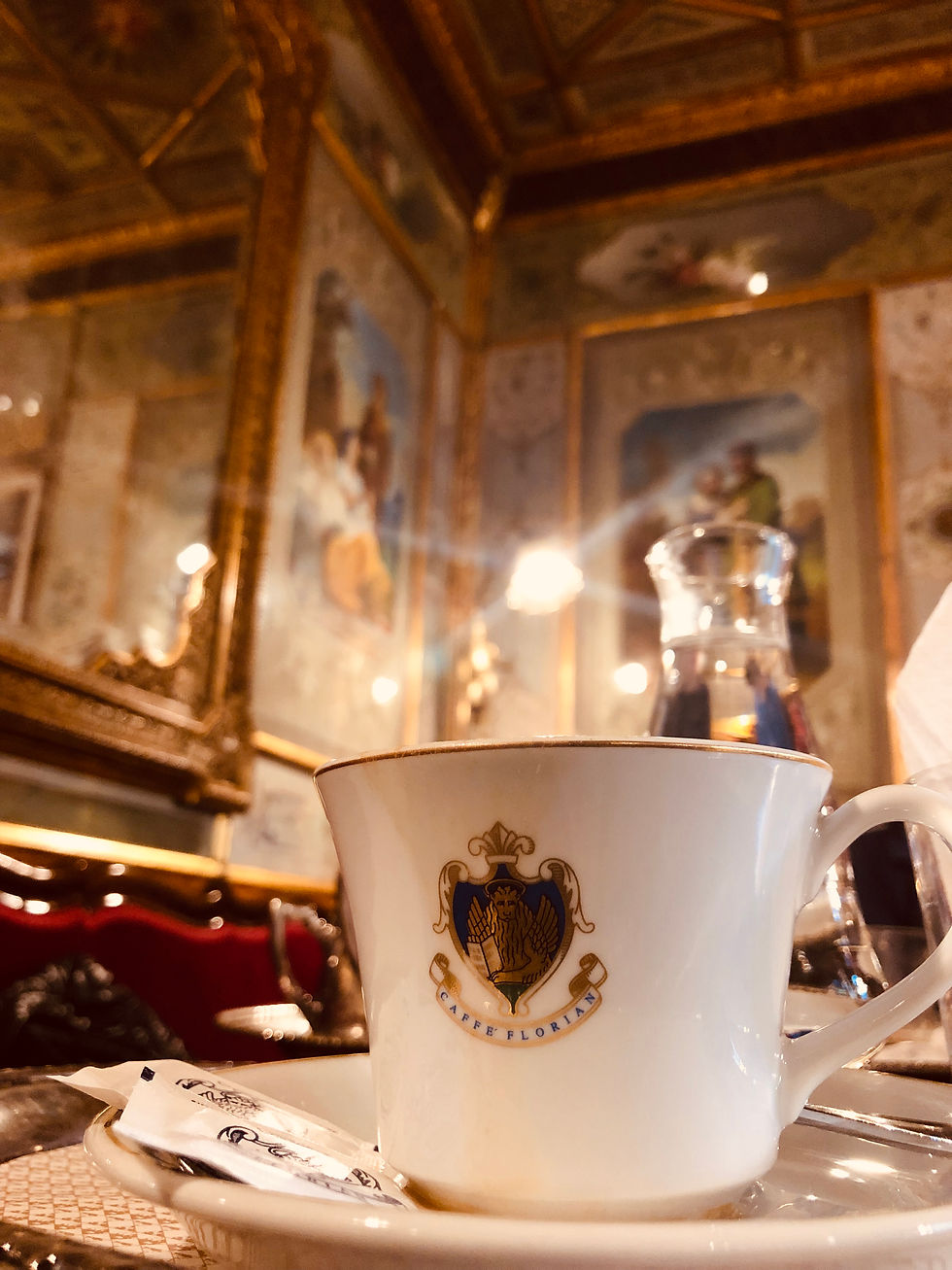


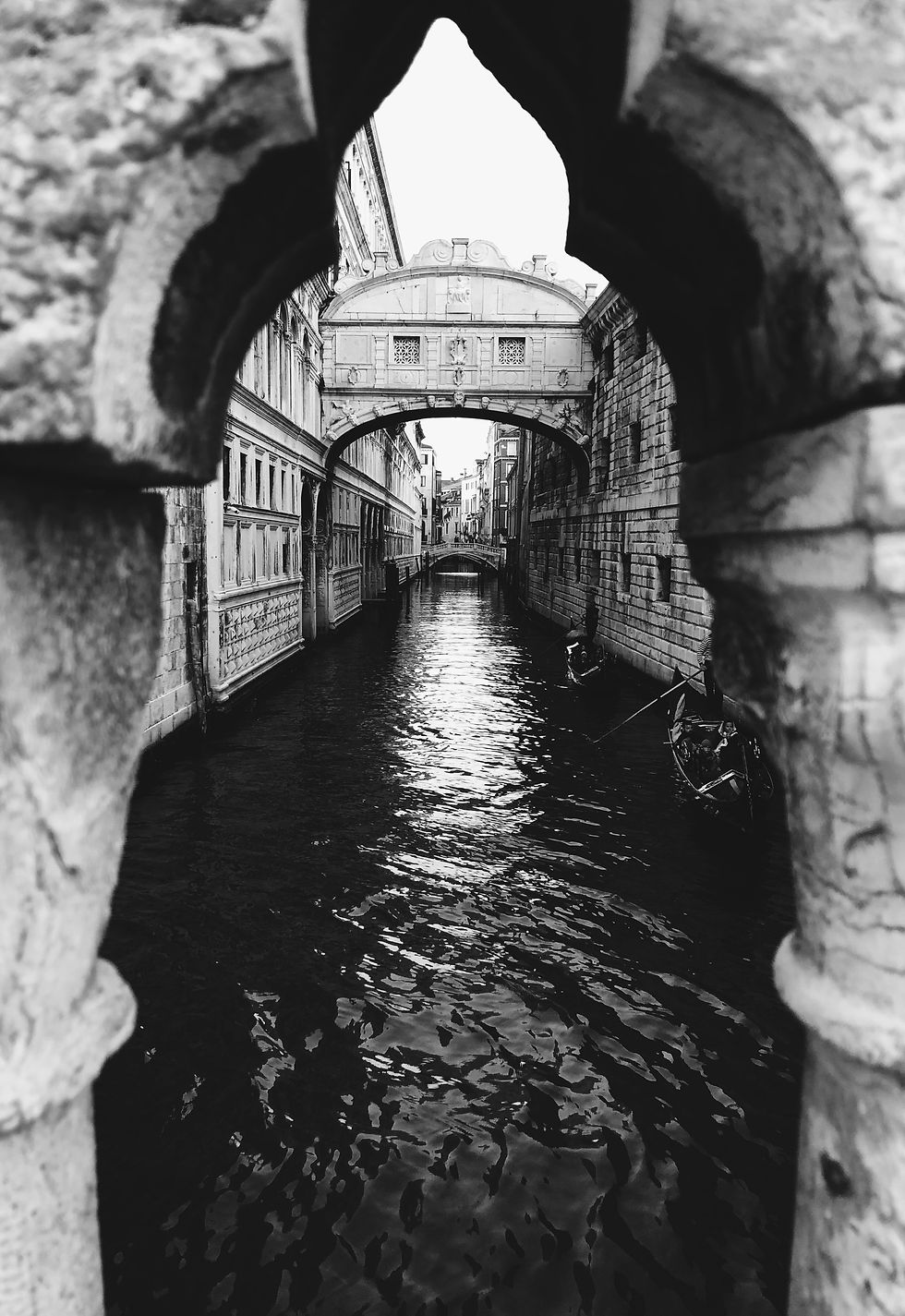

Lido is the only island with cars/buses (bigger island), annual film festival takes place here.
Murano: Glass-making factories. Art is not taught in school but passed on from father to son. In the past, it was in Venice city but later got shifted to the island of Murano because of danger from fire and also because Venetians were jealous of the art they couldn’t learn.



Burano: Famous for laces. Art is taught by mother to daughter. Pastel-coloured houses. A bit further away from Murano. In the past, fishermen were able to find their houses by colour.


Torcello: The mother of Venice. It is the oldest settlement. Once it inhabited 20,000 people, and now only 11 people live there. Famous for restaurants and wedding parties. George Clooney’s wedding reception was here.



On the way from Venice to the islands, there are several abandoned islands. Some were used as hospitals/mental asylums in the past. Some were used during the world war.
The archaeological site of Grotte di Catullo
Grottoes of Catullus is the name given to the ruins of a Roman villa built between the end of the 1st century BC and the beginning of the 1st century AD at the northernmost end of the Sirmione peninsula on the southern shore of Lake Garda.


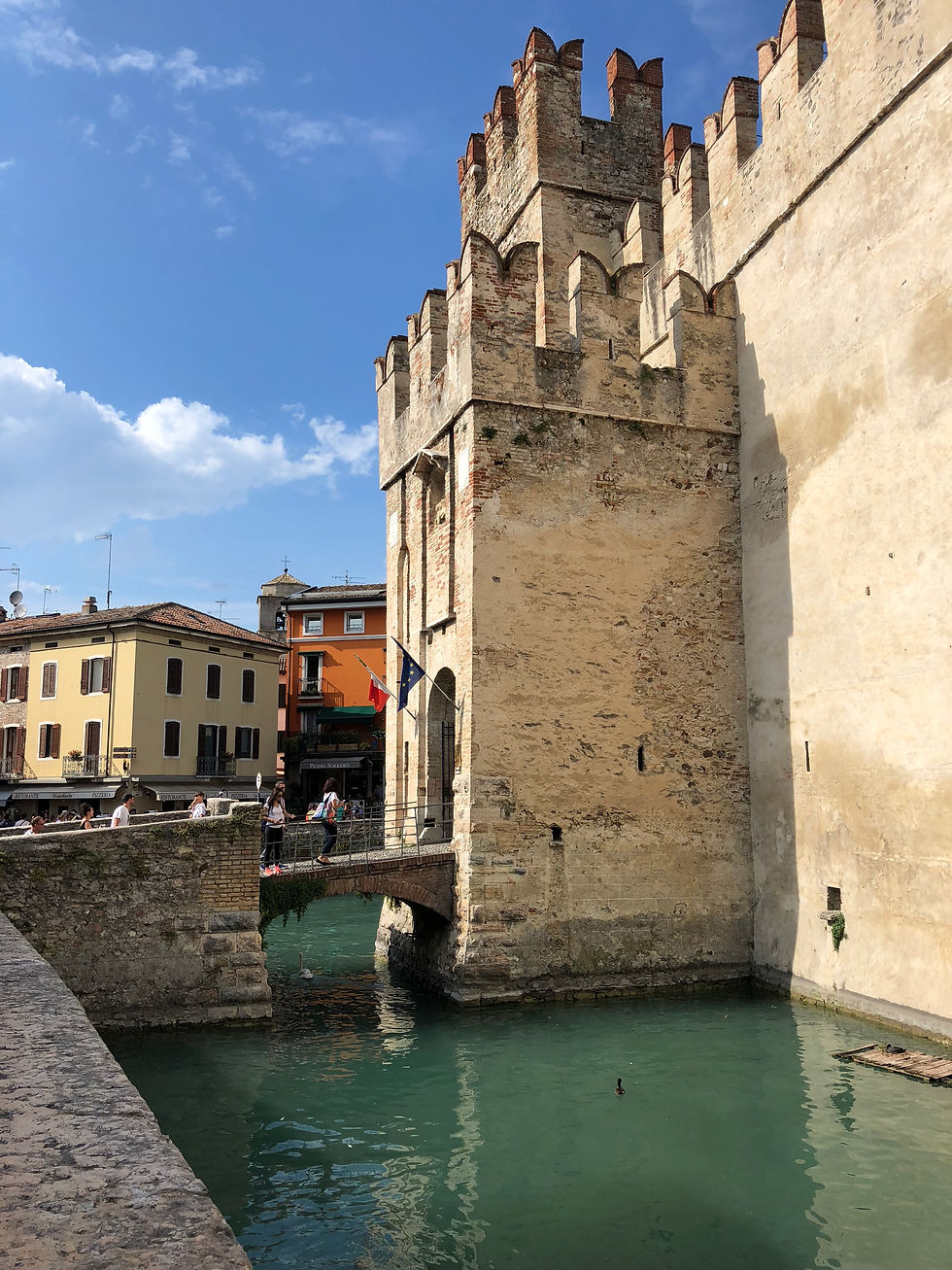

Garda

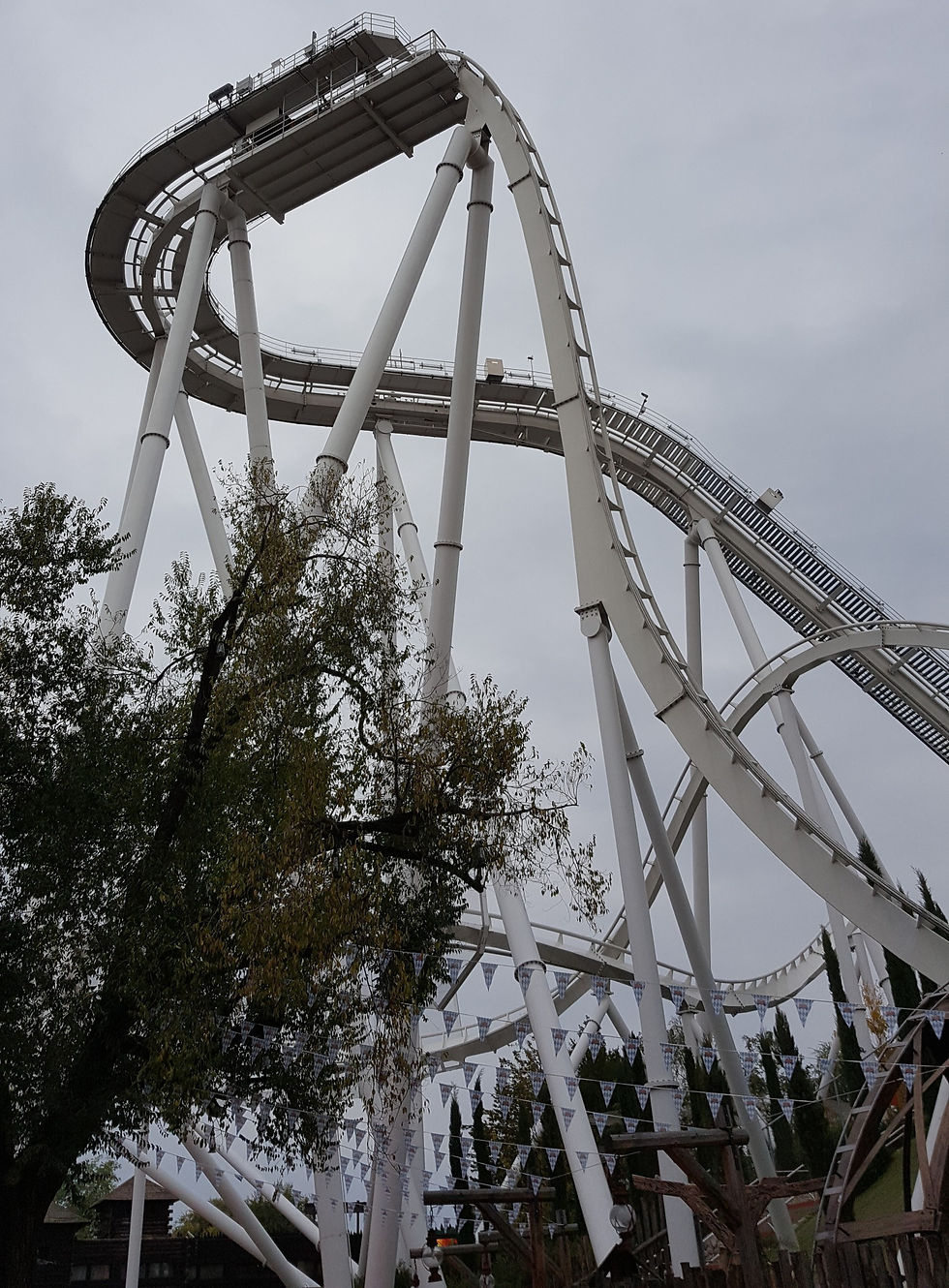



Cinque Terre
Cinque Terre is one of the most beautiful places in Italy. The villages of Cinque Terre are absolutely stunning. They are located in a UNESCO World Heritage Site and have been voted as one of the most beautiful coastlines in the world. The Cinque Terre is composed of five villages (in Italian “cinque” means “five”) their names are Riomaggiore, Manarola, Corniglia, Vernazza, and Monterosso. I have walked around all the villages and cannot decide which one I like the most.










Siena
A short drive from Florence, Siena is a lovely hilly city.


Verona




Pisa
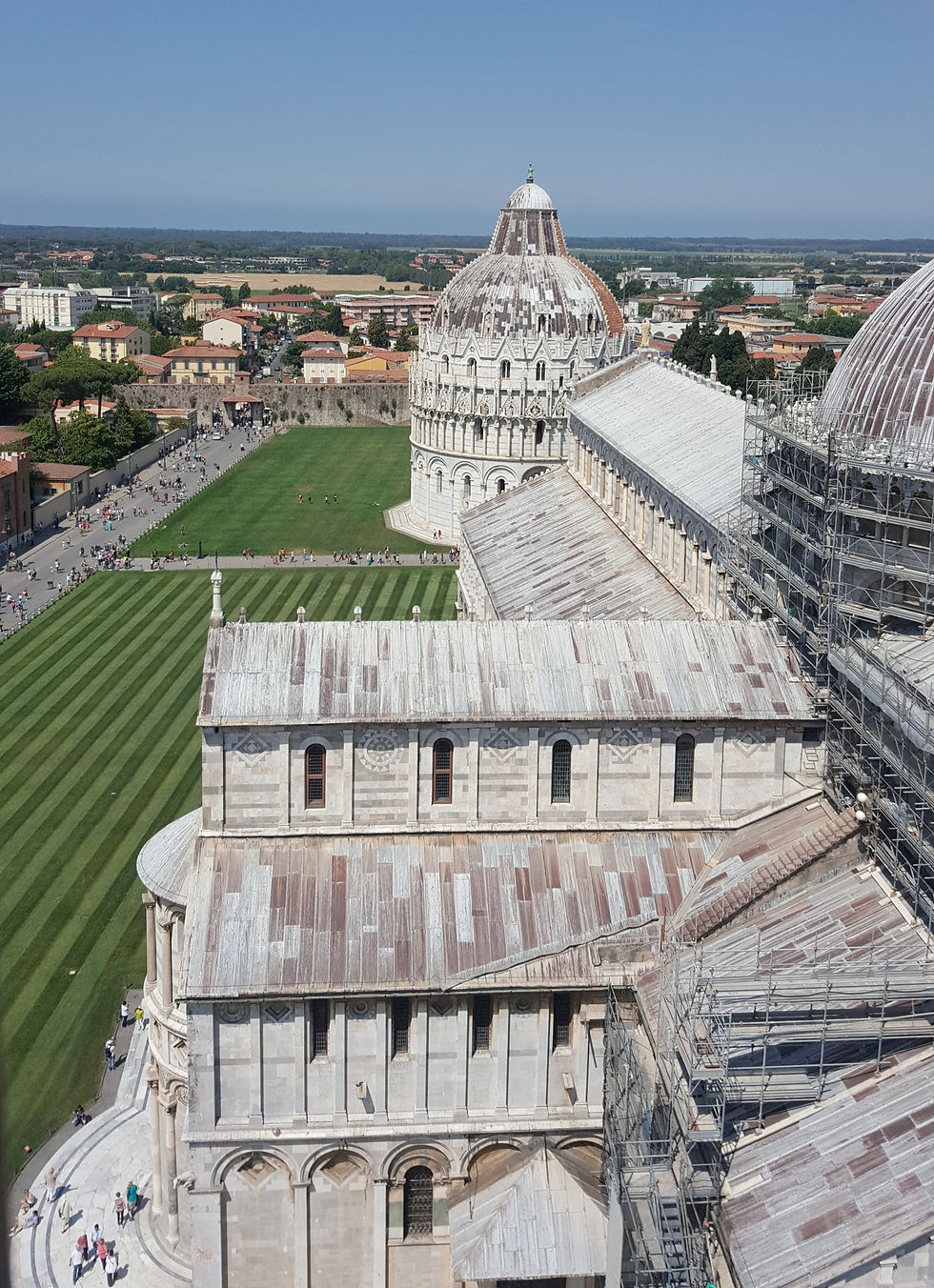



Bologna




Genova
Genova is a perfect weekend getaway from Milan. I went there during summer to relax and read books by the beach.



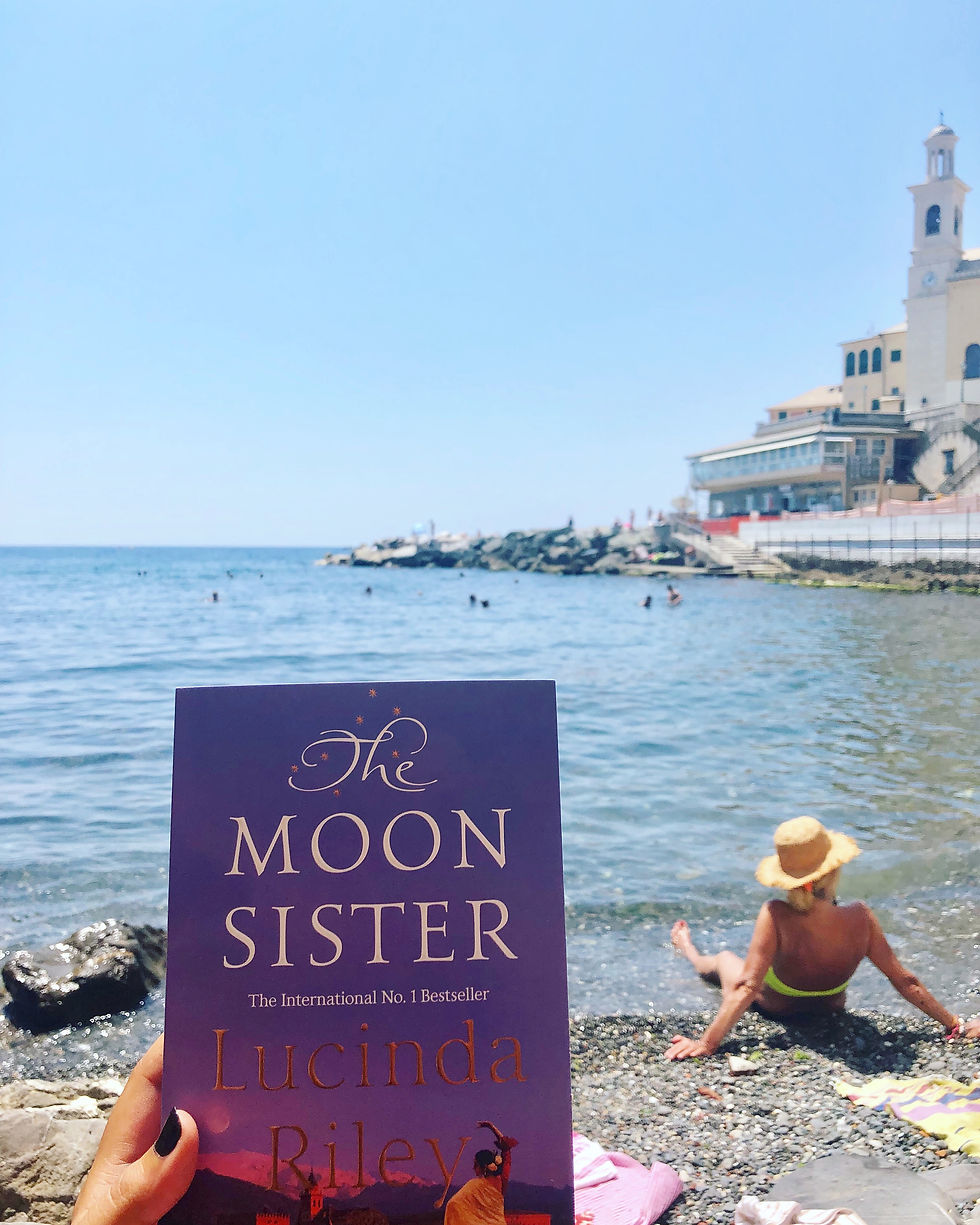
Pavia
My home for almost 3 years...
















Comments